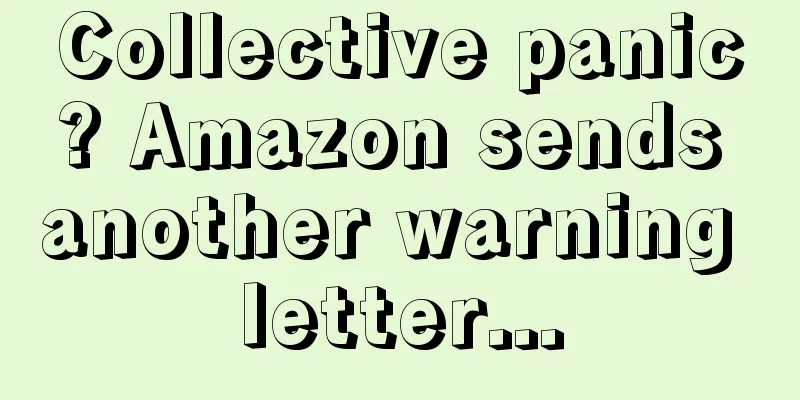The COVID-19 pandemic has not accelerated the development of e-commerce (foreign research report)

|
E-commerce penetration in the U.S. is currently at levels it would have been even without the pandemic. While Covid has boosted e-commerce spending in 2020, this acceleration may not be a step change after all. The 2020 lockdowns led to massive forced adoption of e-commerce and online groceries, with a lot of growth being pulled to the front. Online spending grew more than 40% in the second quarter of 2020, the fastest growth in decades. But as offline retail recovers, e-commerce's role in U.S. retail appears to be receding. Every year e-commerce gets a little bigger, and the pandemic made it even bigger for a while; but as things started to calm down, e-commerce is back on the trend line it’s been on for more than a decade. According to the U.S. Department of Commerce, e-commerce accounted for 12.4% of total retail spending in the third quarter of 2021; before the pandemic, it was expected to reach 12.6%, given the average growth over the past five years. Yet shoppers are still spending more online than historical trends would suggest. In the third quarter, e-commerce spending was $204 billion. Before the pandemic, it was expected to be $183 billion. E-commerce market share is almost the same as expected before the pandemic! Because offline retail spending is also surging - total retail spending is up 13%, after only 2-3% growth in the previous 20 years. Shoppers are spending more both online and offline. In the third quarter, Amazon reached sales levels it would have achieved even without the pandemic boost. Target, on the other hand, continued to grow strongly, driven by same-day delivery and pickup. Meanwhile, Shopify continued to accelerate, in part because it continues to add merchants. Some companies, and some geographies outside the U.S., are indeed seeing step-change changes. According to Adobe, total online spending in the U.S. on Black Friday was $8.9 billion, slightly down from $9 billion in 2020 and significantly below Adobe's expected range. In addition, Thanksgiving was flat year-over-year at $5.1 billion, marking the first time that online spending on Thanksgiving and Black Friday reversed the growth trend of the past few years and did not increase year-over-year. The pandemic is not over yet, and disruptions to global supply chains are creating new headwinds. It turns out that e-commerce penetration growth will look like a "J curve" - an economic theory that a period of adverse returns is followed by a period of gradual recovery that rises to a point above the starting point. Perhaps after the e-commerce boost in 2020, it is now deteriorating and will accelerate again in the future. Nonetheless, e-commerce will continue to build for the future. The physical infrastructure, including ports, warehouses, aircraft and transport, is expanding. Amazon and other companies are hiring hundreds of thousands of additional employees so that it will be better prepared when the next phase of change comes; but it will likely continue to grow at the same 14-15% average it had in the decade before the pandemic! |
Recommend
The U.S. supply chain continues to be hit: the shortage of truck drivers has reached 80,000! A record high!
According to the American Trucking Associations, t...
Best Buy plans to launch Best Buy Ads! Competition in the retail advertising market is becoming increasingly fierce!
<span data-shimo-docs="[[20,"获悉,据外媒报道,百思买正...
Toys are busy clearing out during the holiday season in the United States! This sub-category is growing against the trend
It is learned that on December 20, a research repo...
Father's Day boosts US online spending! Sales of multiple categories surged in June!
According to the "E-commerce Pulse Report for...
Amazon BUG! Expired coupons are restored, 1 million products are cleared!
Recently, a large number of "0 yuan purchases...
20 things that big sellers do every day
text Daily operations 1. Sales order profit stati...
What is allyLikes? allyLikes Review
allyLikes is an online fashion shopping app for wo...
Single upload product explanation + practical operation
<span data-shimo-docs="[[20,"拥有亚马逊卖家账号之后,每...
What is QOOOK? QOOOK Review
QOOOK (QOOOK Mall) is the largest comprehensive cr...
Amazon encounters a collective strike! FBA timeliness is delayed
Yesterday we just finished talking about the epid...
As the epidemic spreads globally, how should cross-border sellers respond?
On February 27, at the Guangzhou Municipal Governm...
Be sure to pay attention to these three factors when testing products on Amazon!
70% product selection and 30% operation. Refined p...
Teach you how to quickly complete dangerous goods audit
Many sellers may encounter dangerous goods audits...
The recalled products are still on sale, and this platform has been warned by the US CPSC
It was learned that on April 13, according to fore...
What is Yandex.Market? Yandex.Market Review
Yandex.Market is a price comparison shopping websi...









